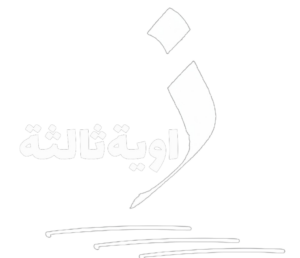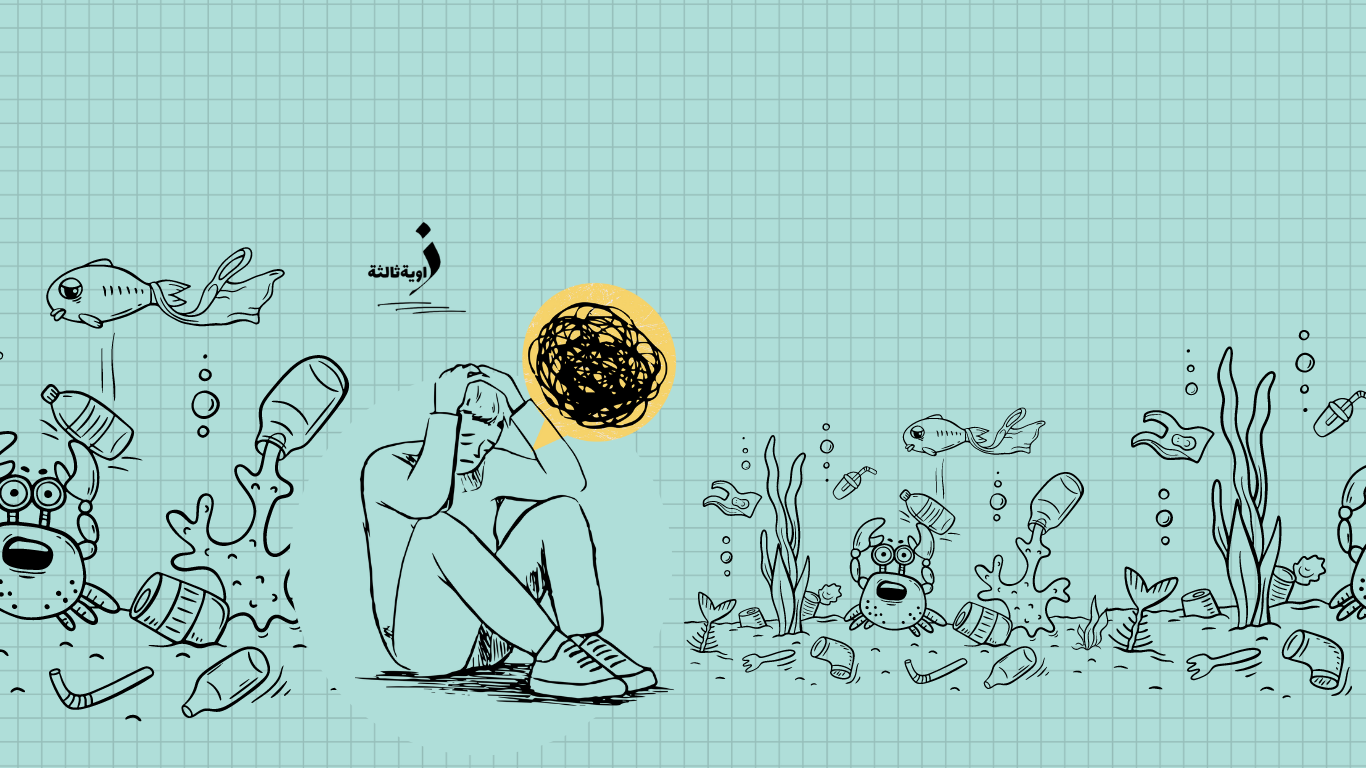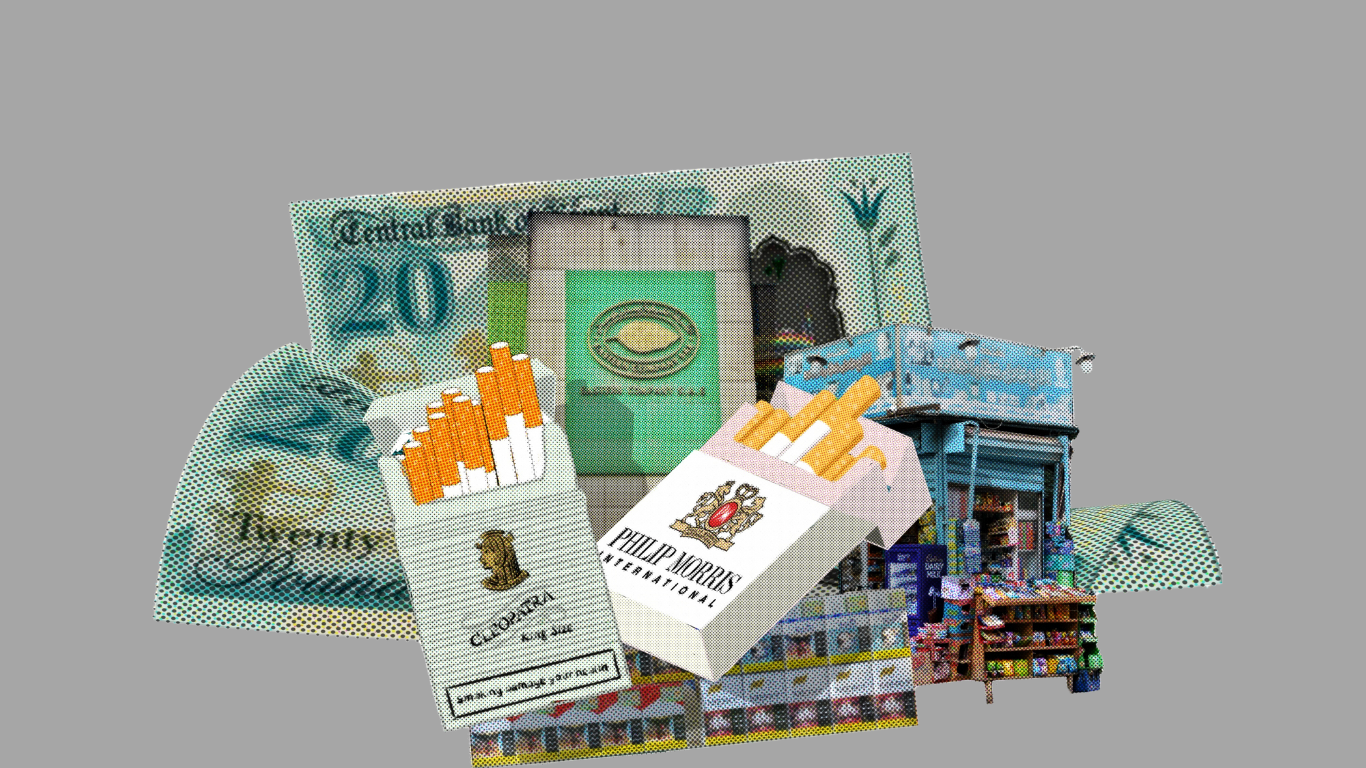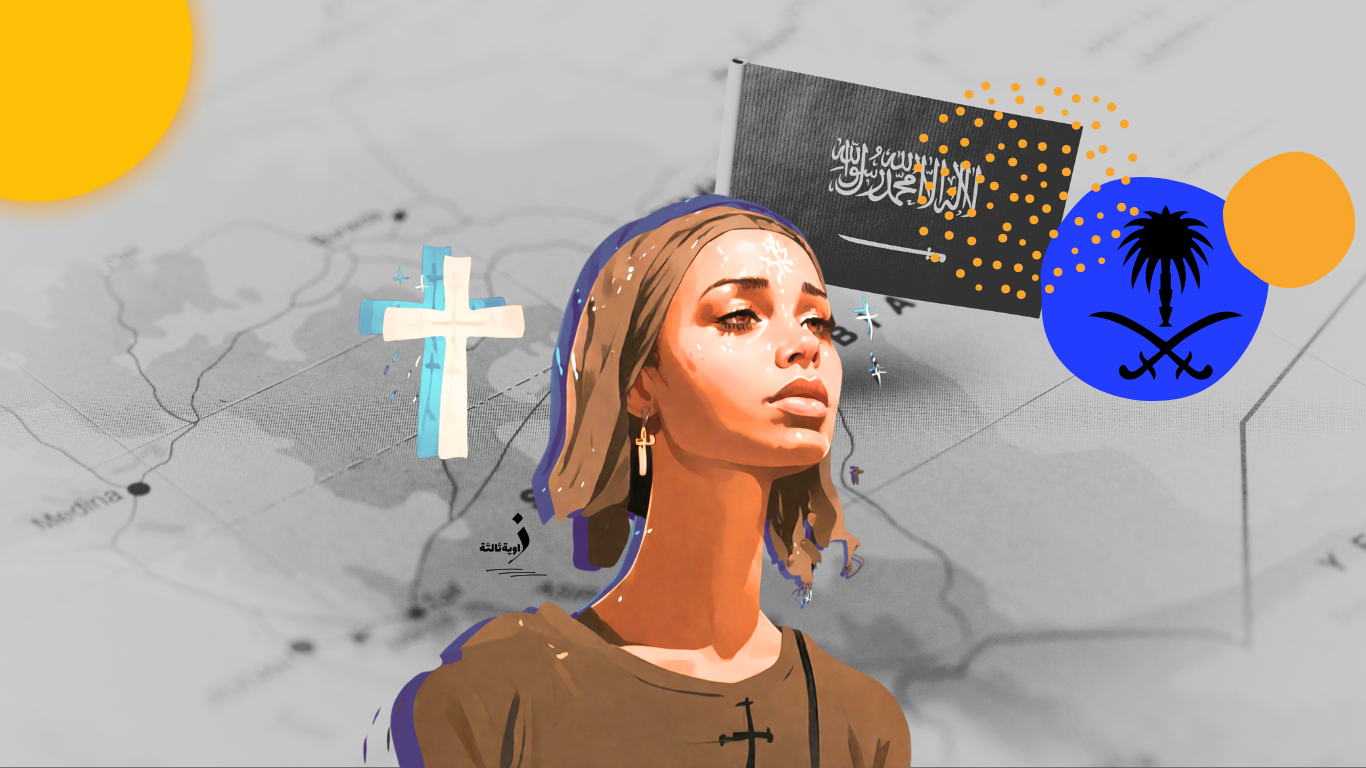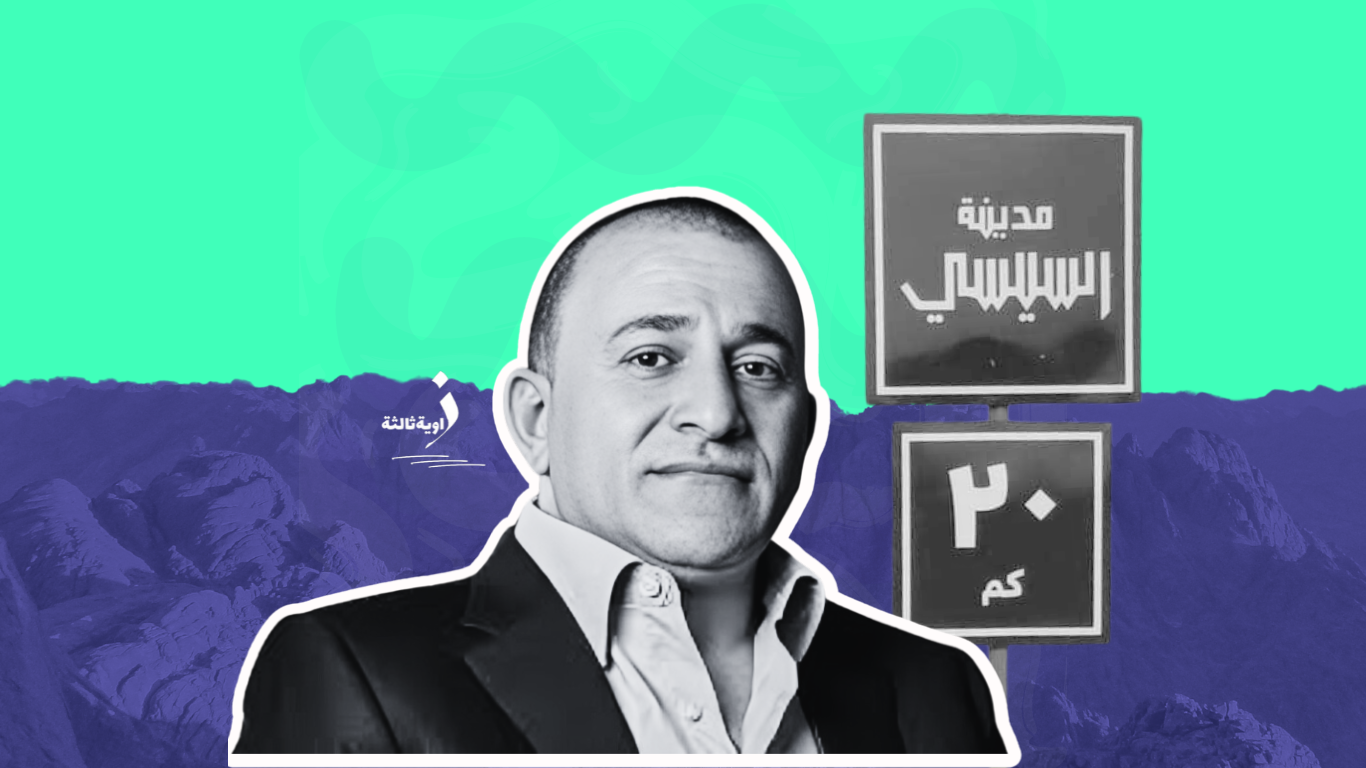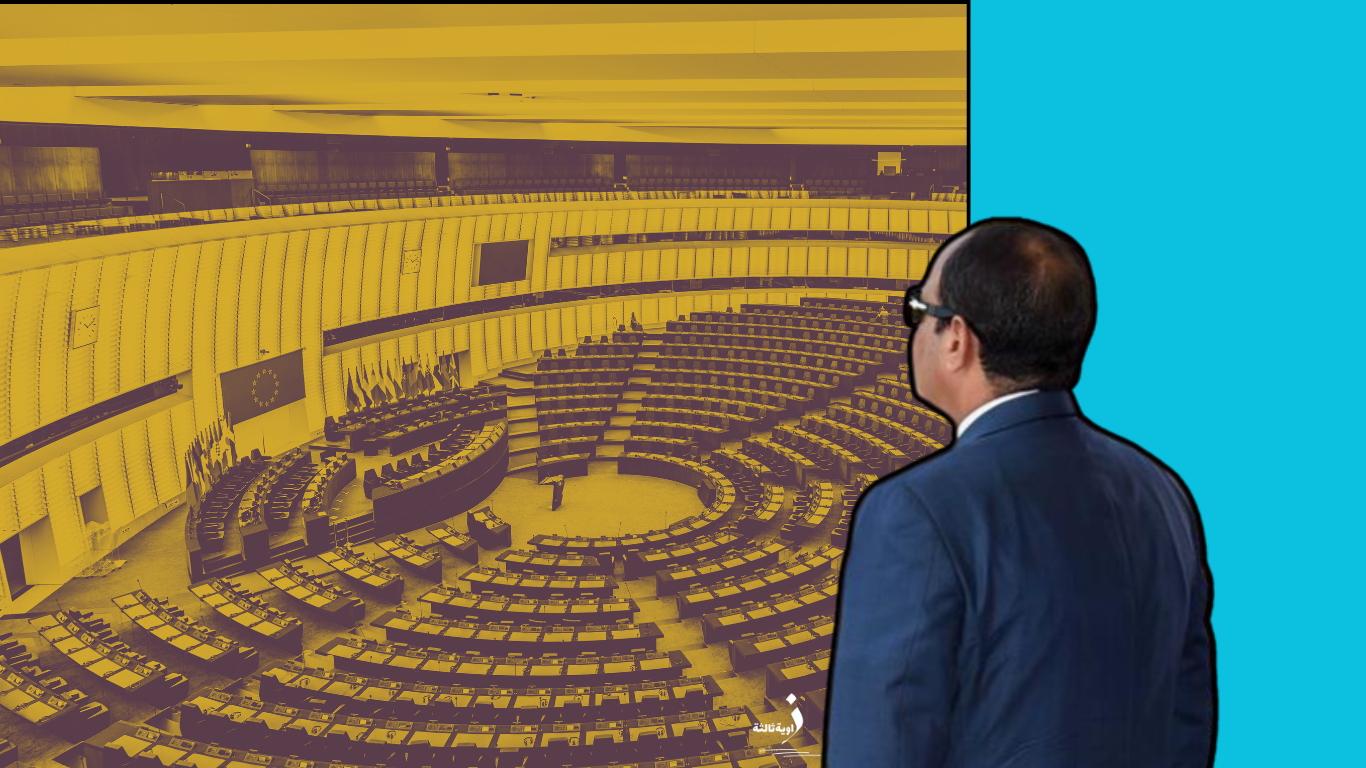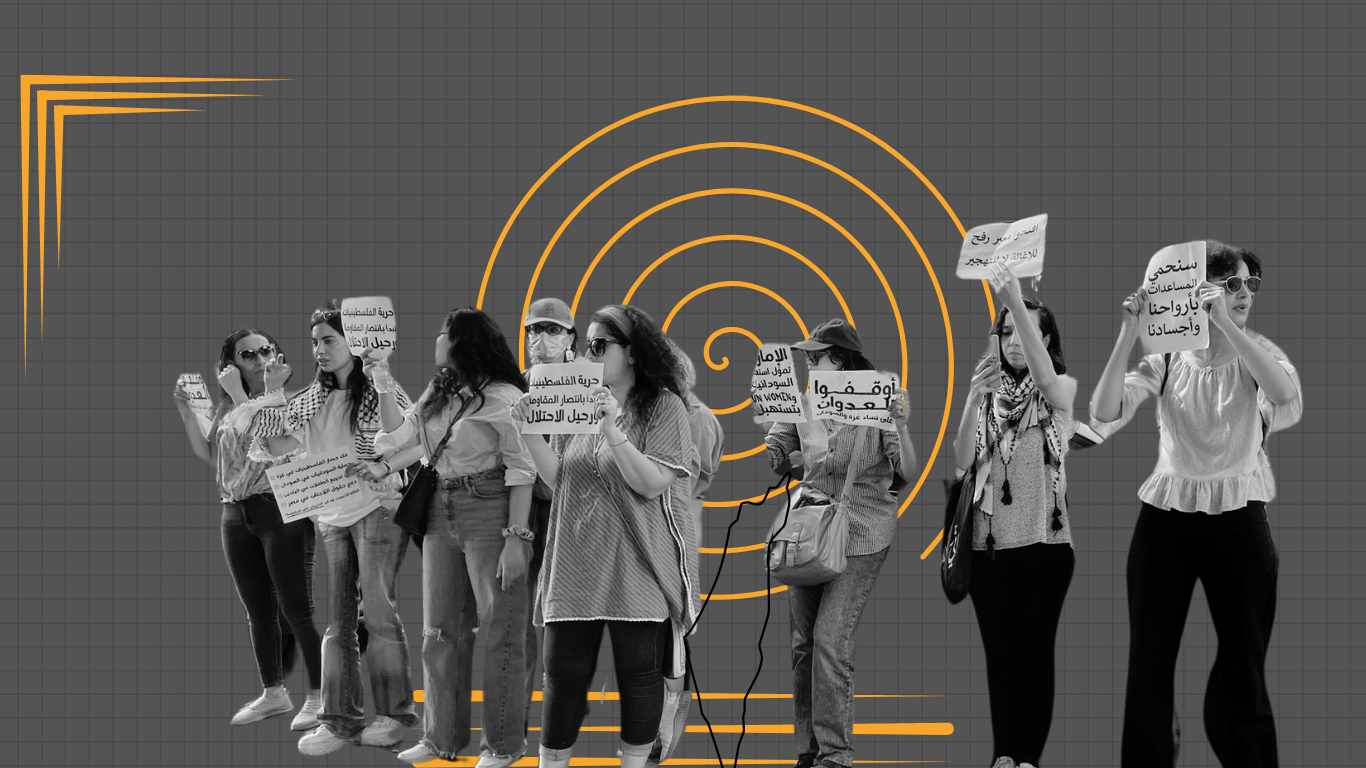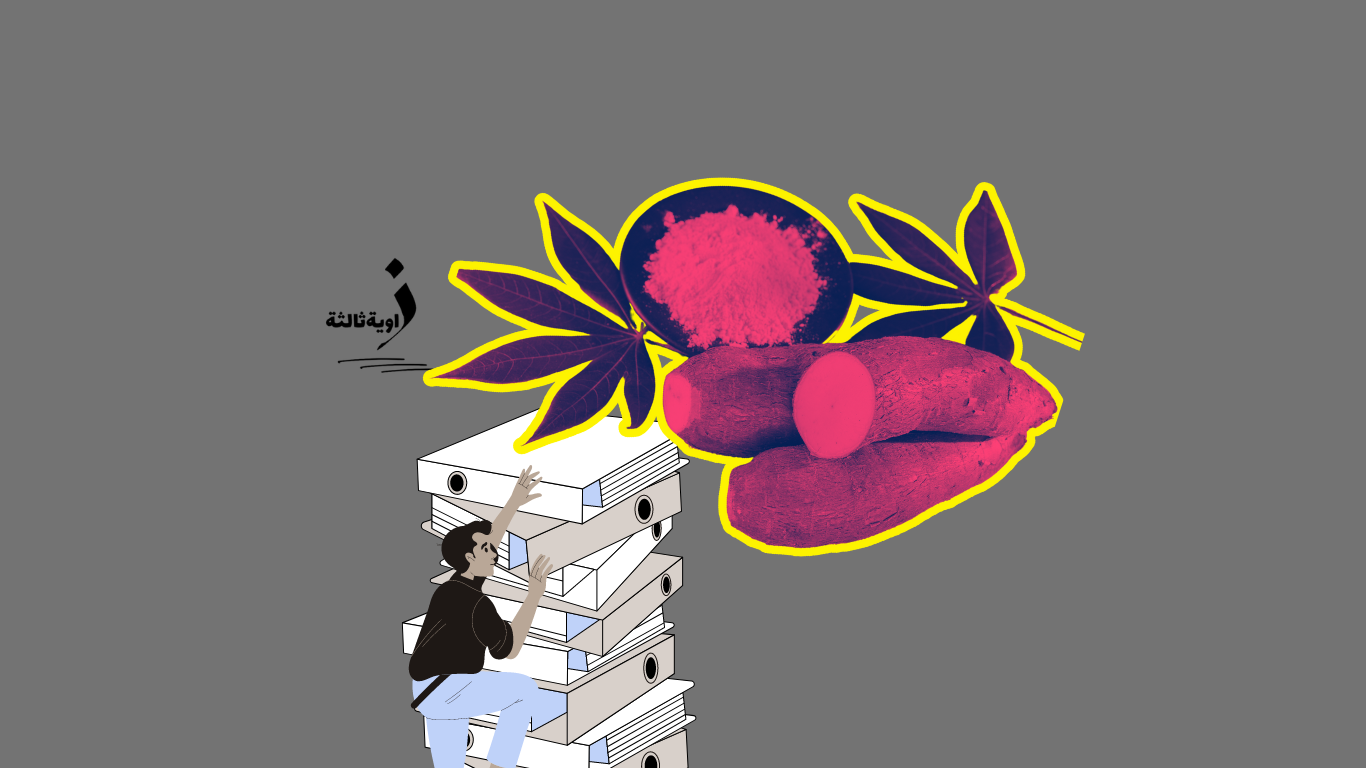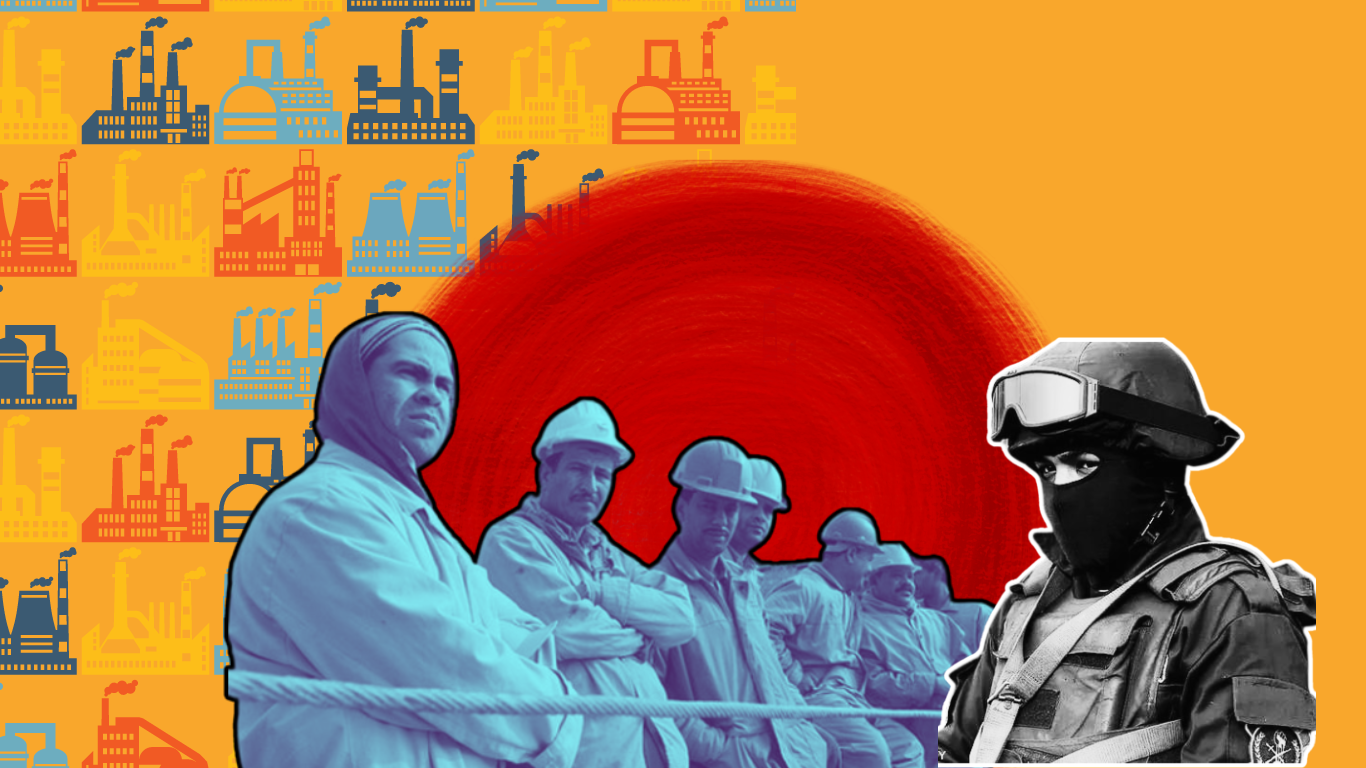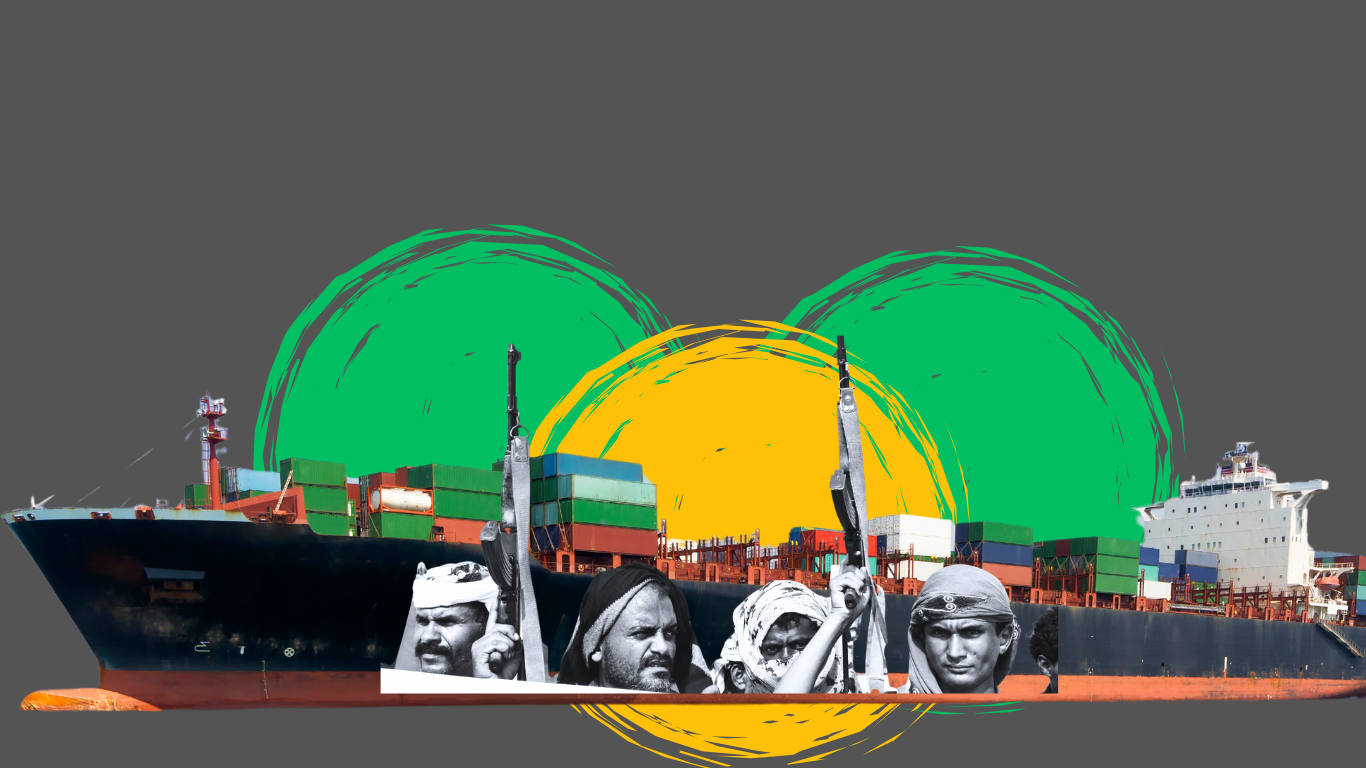Sinai
“The new Sisi city welcomes distinguished visitors,” proclaimed huge metal billboards on the international road that starts from the capital of North Sinai, Al-Arish, to the city of Sheikh Zuweid located on the Al-Qantara-Rafah road, between Rafah and Al-Arish. These billboards were put up last Monday, before the press conference of the Governor of North Sinai, Mohamed Abdel Fadil Shousha, where he announced the launch of housing in the new city of Rafah for beneficiaries.
According to citizens we spoke with, the billboards were a surprise to them, especially since the city announced bears the name of President Abdel Fattah el-Sisi, being the first Egyptian city to bear this name. The second surprise is that it will be built close to the Egyptian border with occupied Palestine in an empty desert area.

Zawia3 moved to the site of the new Sisi city to inspect the constructions that started about a month ago, as reported by one of the site officials in our conversation. The road starts from the center of Sheikh Zuweid towards the southern area, about 17 kilometers from the city and around eight kilometers from the village of “Al-Joura” located south of Sheikh Zuweid (according to our sources, Al-Joura is considered the nearest village to the new Sisi city at about eight kilometers away). The inspection revealed sand barriers separating the road from a large plot of land featuring several modern concrete constructions.
The new city is situated on a 15-square-kilometer area, with the establishments alone covering approximately ten thousand acres south of Sheikh Zuweid. According to connected sources, it will be built in the “Marbata Al-Barth” area, one of the villages of the center and city of Rafah in North Sinai, and will be constructed on land purchased by businessman Ibrahim al-Organi, a member of the Tarabin tribe and president of the Sinai Tribes Union.
A member of the Al-Marasheeda clan, one of the clans of the Sawarka tribe residing in the center and city of Sheikh Zuweid, said in our conversation: “Years ago, specifically in 2016, Al-Organi bought the land for only 30 million Egyptian pounds, although its value is estimated to be over 250 million pounds at least,” confirming that the city is privately owned by the Al-Organi group up to now.

They were forced to leave their land
A member of the Al-Marasheeda clan (declining to give his name for fear of reprisal), in conversation with Zawia3, said that the land where construction for Sisi City is taking place belongs to his family, and they used to live on it. They were surprised by the request to approve its sale to businessman Ibrahim al-Organi, stating: “We were given the choice between agreeing to the sale and receiving minimal financial compensation, or having the land taken from us under eminent domain without any compensation.”
He added: The clan convened and agreed to accept the sale of the land at the amount offered by brokers on behalf of Al-Organi, which was only 30 million Egyptian pounds. This price was considered meager given its strategic location, being close to the Egyptian-Palestinian border about seven kilometers away, in addition to its proximity to Sheikh Zuweid by about 17 kilometers and its elevated position above sea level.
From Inside the Site
According to Zawia3’s observations, work is currently underway at a rapid pace to prepare the site and complete all preparations, ahead of the arrival of Prime Minister Mostafa Madbouly tomorrow with a delegation comprising several ministers, artists, and the commander of the Second Field Army, Brigadier General Mohamed Rabei, accompanied by tribal elders and figures from North Sinai, as well as representatives from the parliament and senate, with businessman Ibrahim al-Organi leading the delegation (his company, Al-Organi Development, will execute the constructions of the new city).
A group of engineers and technicians specifically arrived from Marsa Matruh Governorate to set up a series of tents within the city’s site. According to a site engineer (who preferred not to disclose his name for personal security), these tents, numbering around 15, arrived via a private plane from the United Arab Emirates to El-Arish Airport and were transported by trucks to Sisi City. He mentioned that the cost of each tent might reach around 500,000 Egyptian pounds, varying in sizes and shapes, with areas capable of accommodating from 500 to 1500 individuals (according to the source), ranging from 50 meters in length by 30 meters in width to some as large as 100 meters in length by 50 meters in width. According to the information received, they are prepared to host delegations participating in tomorrow’s conference, in addition to school and tourist trips likely to be organized within the city during the founding period.
These tents were not the only ones observed in the vicinity of the city. Other tents were spread among the “Casuarina” trees (a type of desert tree prevalent in the northern Sinai desert in Sheikh Zuweid) surrounding Sisi City from the southeast, housing masked individuals affiliated with businessman Ibrahim al-Organi (carrying weapons and remote viewing devices to secure the site). Additionally, armed men inside the site were seen roaming in 4×4 vehicles (Chevrolet Cruz), affiliated with the Sinai Tribes Union chaired by al-Organi.
According to a supervising engineer of the new city’s constructions, the city is planned to be a tourist residential area comparable to international cities, indicating that it will be the first of its kind in this border region. He pointed out that there will be a police station, civil defense center, gas station, malls, shops, tourist cafes, a comprehensive hospital, mosques, elementary, middle, and high schools, a water station, electricity station, indoor parking, tourist transport, recreational and tourist areas, and various government service facilities. It will include about 900 distinctive houses, accommodating around 3500 individuals.
It is worth noting that near the city, scattered residential areas belonging to citizens from various clans of the Sawarka tribe are planned to be demolished, as per site engineers, to create roads and green areas suitable for the architectural appearance of the new Sisi City. Compensation will be provided to homeowners whose residences will be demolished, either through financial compensation or ready-to-live-in houses in other distant locations from the city site. Apartments have also been allocated in the newly opened Rafah City, where residents had evacuated following the declaration of war on terrorism since 2016. In Rafah City, 10% of the residences are designated for the families of martyrs and the first-degree injured from Rafah, in addition to 5% for individuals with disabilities from Rafah, and 5% for administrative residences/government entities, with the remaining 80% for residents of Rafah and its workers.
During his visit to Sheikh Zuweid at the end of November 2023, the Prime Minister laid the cornerstone for the urban development cluster and a farm in the Al-Ajra village (mistakenly mentioned in some information as another project by al-Organi). He also inaugurated the urban development cluster in the Al-Joura village in Sheikh Zuweid, involving the construction of 830 Bedouin homes to accommodate 3317 individuals. According to Madbouly, plans are underway to develop North Sinai, including the implementation of new phases for Rafah and Bir al-Abd cities, in addition to alternative housing projects, with investments totaling 114.6 billion Egyptian pounds from October 2023 to June 2030, including the construction of 35,000 housing units.
The urban development plans to be implemented in North Sinai include establishing 21 clusters comprising 17.4 thousand Bedouin homes, accommodating 69 thousand citizens, in the cities of Rafah, Sheikh Zuweid, and El-Arish. Furthermore, the first and second phases of Bir al-Abd City will be implemented over an area of 2700 acres, accommodating 50 thousand individuals, including housing areas, services, fishermen’s neighborhood, investment activities, recreational projects, and tourist attractions.
Despite authorities announcing projects to facilitate the return of North Sinai residents within the governorate, they insist on returning to their original villages and areas, lamenting (according to those we spoke to) the exploitation of their lands by the authorities for investment and real estate projects from which they will not benefit.
Don’t miss: Who Holds the Keys to the Rafah Crossing? War Profiteers Exploit Those Stranded in Gaza?
